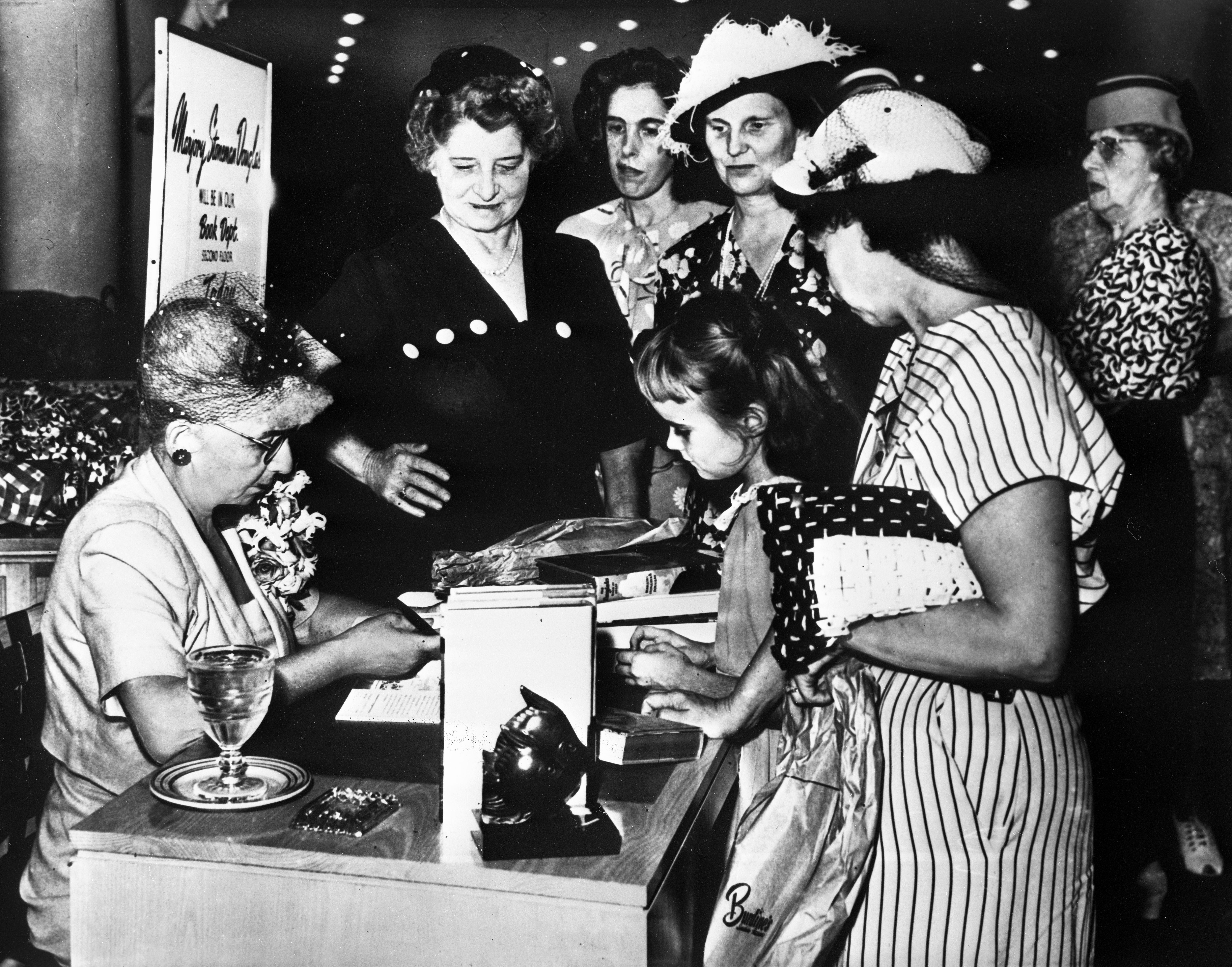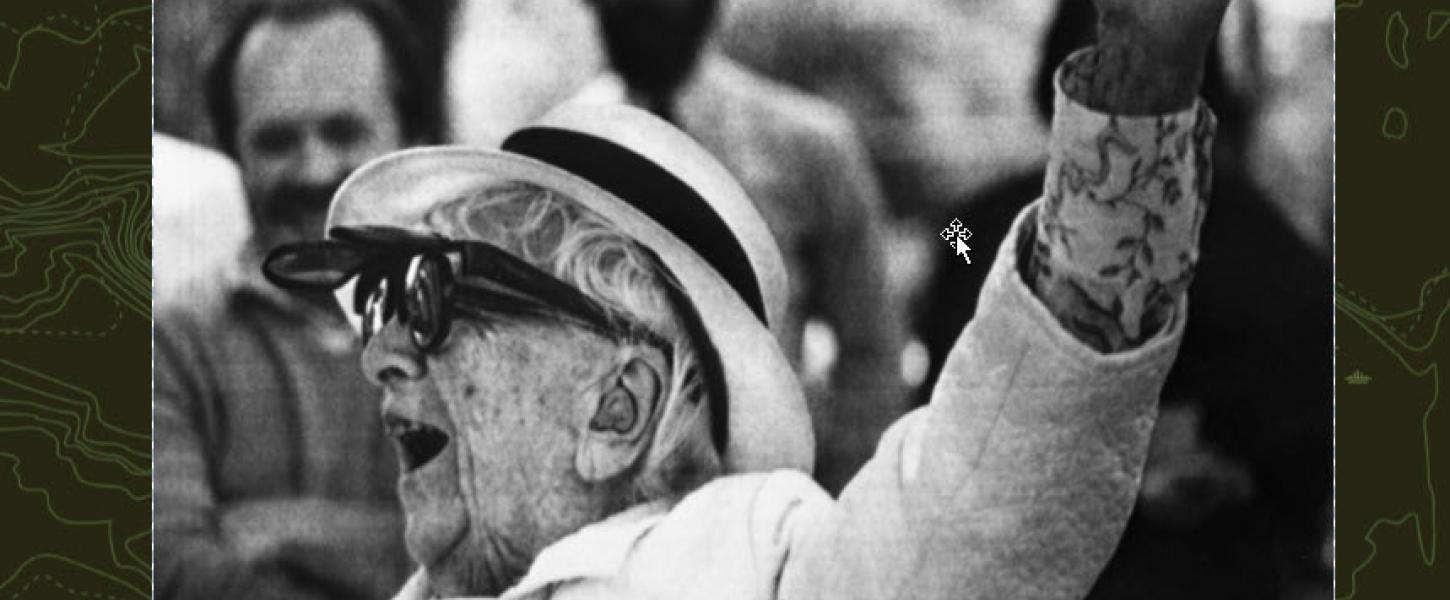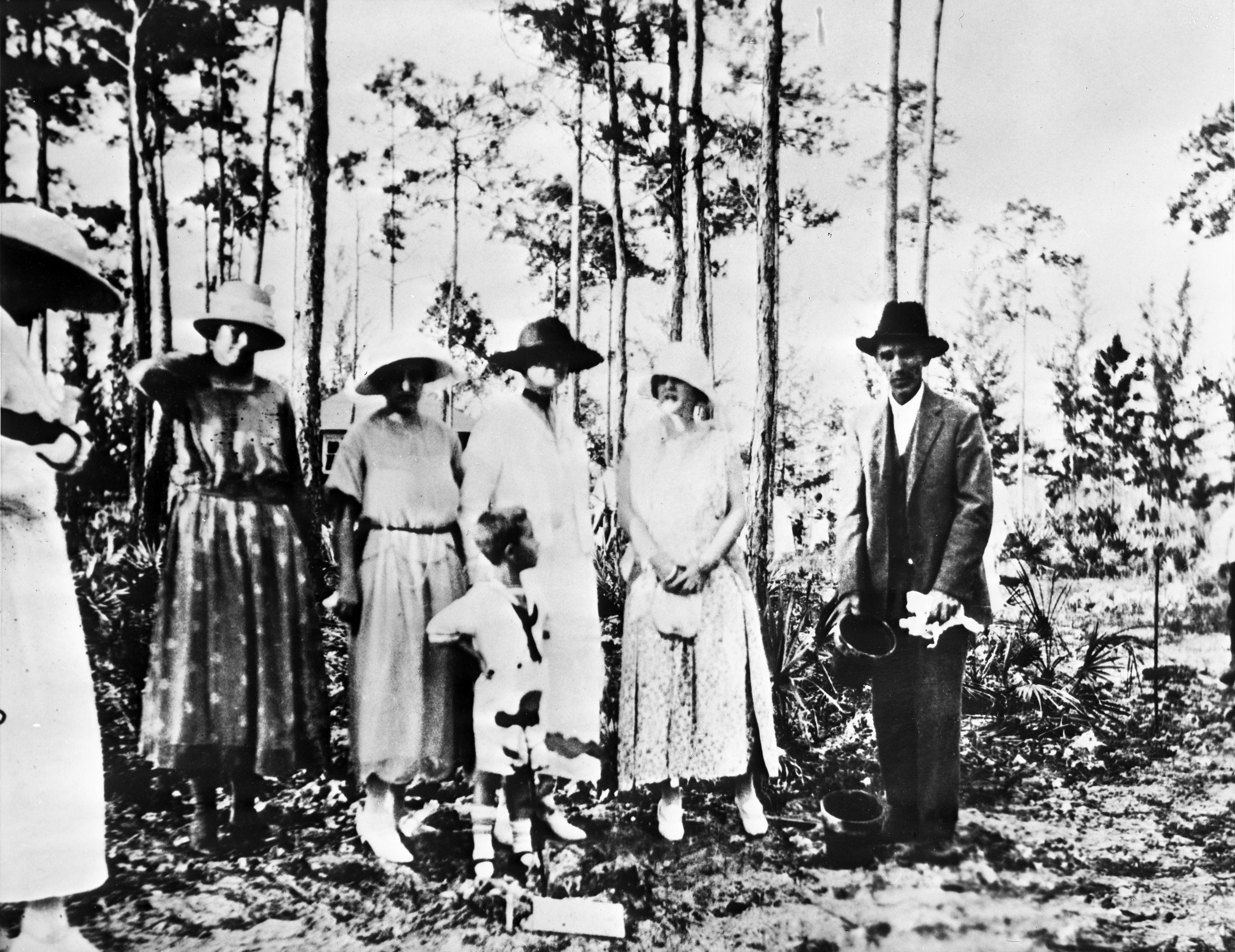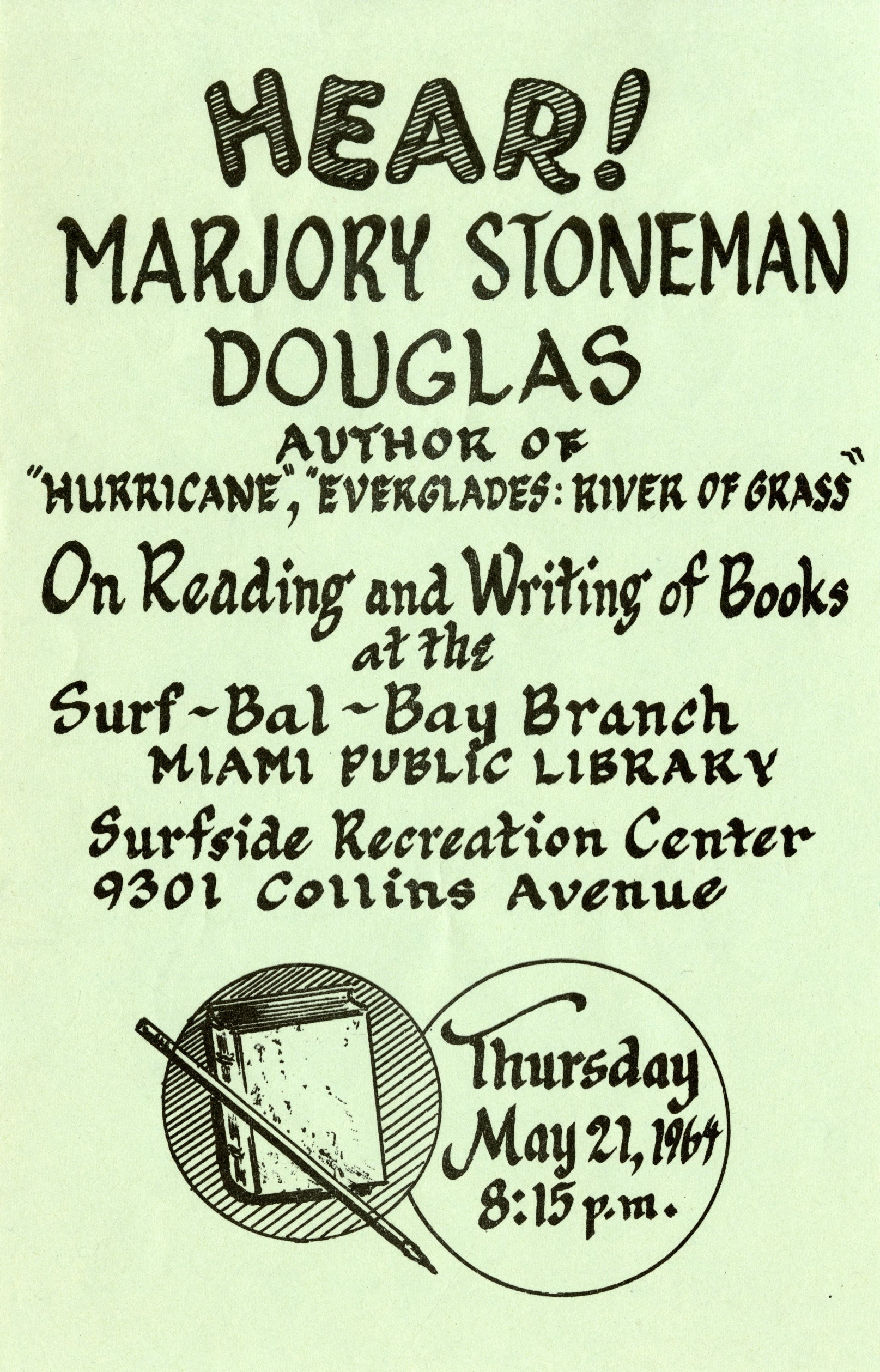
A Life of Advocacy and Activism

Marjory Stoneman Douglas stood barely five feet, two inches tall and dressed in modest pearls and a floppy straw hat. She may have been small in stature, but when she wrote or spoke, people listened.
Long before women’s rights, civil rights, and environmental justice were common terms, Marjory Stoneman Douglas fought for these causes. Her grassroots campaigns show how one person can make a huge difference. Her calling as an environmental activist did not get truly underway until she was nearly 80 years old.
The Grandmother of the Glades became interested in this unique ecosystem in the 1920s. Douglas was already known for her writing when a friend asked her to write a story about the Miami River. Douglas asked instead if she could write about the Everglades. Her poetic, scientific book brought attention to an area of the country that had been dismissed as little more than swamp.
The first line of the book read, ”There are no other Everglades in the world. They are, they always have been, one of the unique regions of the earth.”

Courtesy of the State Archives of Florida
Douglas campaigned in 1917 to grant women the right to vote. More than half a century later, she threw her support behind the Equal Rights Amendment. She was a charter member of the American Civil Liberties Union. In 1948, she worked to ensure that all homes in Miami had toilets and running water. In 1993, President Bill Clinton awarded Marjory Stoneman Douglas the Presidential Medal of Freedom, the highest civilian honor.

Courtesy of the State Archives of Florida
Marjory Stoneman Douglas encouraged others to be advocates. She urged people to fight for the things they love. In a 1980 article she wrote, “Do your part to inform and stimulate the public to join your action … Be a nuisance where it counts …. Be depressed, discouraged and disappointed at failure and the disheartening effects of ignorance, greed, corruption and bad politics — but never give up.”

Courtesy of the State Archives of Florida